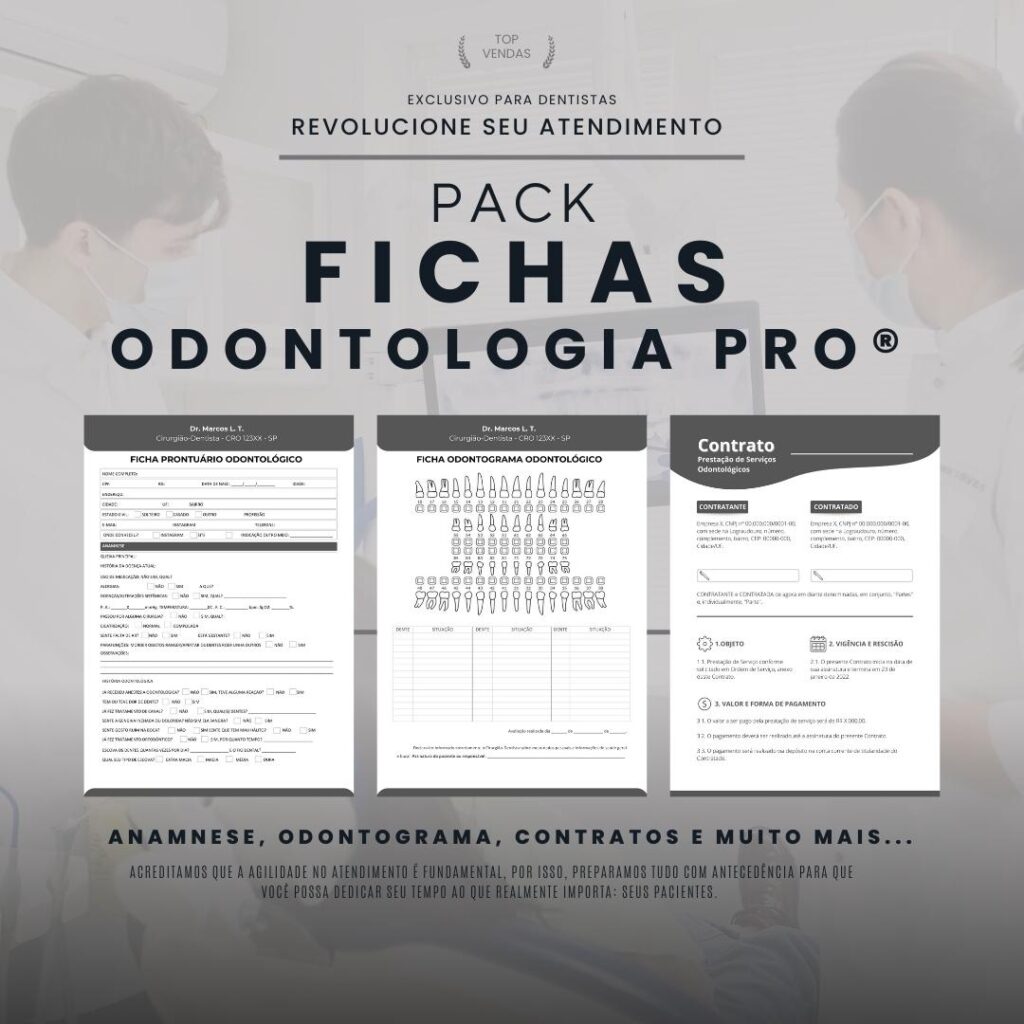What is a Fused Tooth?
Fused teeth, also known as geminated teeth, are dental anomalies that occur during tooth development. In this case, two teeth fuse into a single tooth, resulting in an abnormal tooth structure. This condition is most common in primary teeth, or baby teeth, but it can also affect permanent teeth.
Causes of Fused Teeth
The exact cause of fused teeth is not yet fully understood, but it is believed that genetic and environmental factors may play a role. Some studies suggest that tooth fusion may be hereditary, meaning it can be passed down from generation to generation. In addition, injuries or trauma during tooth development may also contribute to the appearance of this anomaly.
Signs and Symptoms of Fused Teeth
The signs and symptoms of a fused tooth can vary depending on the severity of the fusion. In mild cases, it may be difficult to identify the anomaly by sight alone. However, in more severe cases, it is possible to observe a larger than normal tooth crown with two distinct roots. In addition, the fused tooth may have an irregular shape and a rough surface.
Fusion Tooth Diagnosis
The diagnosis of a fused tooth is performed by a dentist through clinical and radiographic examinations. During the clinical examination, the dentist will observe the appearance of the tooth and check for any changes in shape or size. Radiographic examinations, such as panoramic radiography or computed tomography, allow a more detailed visualization of the internal structure of the tooth.
Treatment of Fused Teeth
Treatment for fused teeth depends on the severity of the fusion and the symptoms experienced by the patient. In mild cases, no treatment may be necessary, just regular monitoring by the dentist. However, in more severe cases, it may be necessary to perform dental procedures, such as separating the fused teeth, restoring the shape and function of the affected tooth, or even extracting the fused tooth.
Complications of Fused Teeth
Fused teeth can cause some complications, especially when they affect permanent teeth. Dental fusion can lead to problems with tooth alignment, difficulty in proper hygiene, increased susceptibility to cavities and periodontal diseases, and affect the aesthetics of the smile. Therefore, it is important to have regular dental check-ups to prevent and treat possible complications.
Prevention of Fused Teeth
Since the exact cause of fused teeth is not yet known, there are no specific preventive measures. However, it is important to maintain good oral hygiene, avoid trauma to the teeth during development, and make regular visits to the dentist to identify any dental anomalies early. In addition, it is essential to adopt healthy eating habits and avoid excessive consumption of sugary foods, which can increase the risk of cavities.
Conclusion
In short, a fused tooth is a dental anomaly in which two teeth fuse into a single tooth. This condition can be hereditary or result from injuries during tooth development. Diagnosis is made through clinical and radiographic examinations, and treatment depends on the severity of the fusion. It is important to have regular dental checkups to prevent complications and maintain good oral health.


